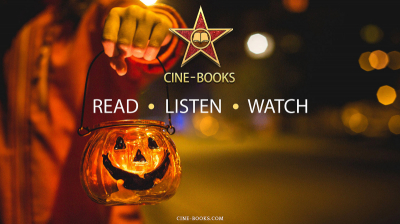
Photo Story, fotonovela, fotoromanzo, roman-photo – the idea of telling stories through photos occurred to many photographers from different countries, from different time frames and they were using different terms for it. The original idea of revealing the story within photos is attributed to Russian constructivism activists, and the first work in this genre is “Bezhin Meadow”, which was filmed in 1935 by Sergei Mikhailovich Eisenstein. This story was based on a famous Soviet Union legend about Pavlik Morozov.
But the format of storytelling in photos became popular after the Second World War in 1947 in Italy. Stefano Reda combined comic books and photography, naming a new genre a fotoromanzo. With a slight submission of Reda Italian magazines, such as “Il Mio Sogno” and “Bolero Film” started publishing fotoromanzo. Since 1949 the format emigrated to France, where they were named as a roman-photo and were published in “Festival” and “Nous Deux” (they are even published today in the latter!)
Roman-photos became very popular for a broad wide audience. Thus, in the 1960s, almost every Frenchman was reading a roman-photo. After they were published in the magazines mentioned above, other magazines including erotic ones started publishing them as well. The technique moved to Latin America termed a fotonovela, and then to the USA and Canada as photo-comics. First, there were translations of European roman-photos, such as a famous photo series “Killing”, but soon appeared the screenings and original works such as series “Santo”, “Trece negros cortos”, “Yorga” and others.
In 1962, a 28-minute black&white science fiction film named as “La Jetée” was released by French director Chris Marker, cinematized in a technique of a photo novel. This film is engraved in the history of cinema as one of the most valuable and influential samples of science fiction cinema.
From the other side, art-photographers started dealing with the storytelling in photos emphasizing the visual component. For example, Duane Michals with his photo series “Fallen Angel”, “Paradise Regained”, “Things are Queer”, “The Bogeyman”, “Grandpa goes to heaven” and others, where each of the photos can be considered as a self-contained but within the photo series it gains an additional meaning.
In the 1970-1980s, the popularity of photo comics as a section in magazines started to subside, but they started to be published as independent publications. A lot of future celebrities such as Sophia Loren, Ornella Muti, Johnny Hallyday, Sheila, and others started their career in the genre of photo novel. Pedro Almodovar started his director’s way with a genre of fotonovela as well as a famous director of adult movies Marc Dorcel.
In the 2000s, due to decline of press and appearance of YouTube and other video hosting sites on the Internet, photo stories turned from mass media into photographers’ prerogative who make photo stories as personal art projects. Therefore, instead of dialogues, the photographic component of genre has moved into the forefront. Among the most popular are “Le Mystère du fétiche noir” and “La Mémoire des Scorpions” by Xavier Lambours, the trilogy “Le Secret des Trois Clés”, “Le Secret de l'Archange” and “Le Secret du L.Y.S” by Antoine Besson and Claude Defresne, “W Pool Passion” by W Santiago, “Mutterliebe” by Stefan Rappo, “Don’t hate Kate” by Dave Hill, “The Glass Fortress” by Alain Bourret, and experiments of combining photo and video fragments by Sergei Spirin. Recently the genre of photo comics comes to life within Instagram in the form of small photo series with text like photo stories made by Sarah Bahbah. Also, this format is popular among cosplay fans.
In 2014, CINE-BOOKS Entertainment designed a new media format called cine-books, which allows the viewer to perceive content in three different modes READ, LISTEN TO, and WATCH combining the opportunities of cinema, audiobooks and photo stories. The company has cinematized a collection of best sellers of world literature, which includes writings by Edgar Allan Poe, Franz Kafka, Mark Twain, William Shakespeare, and others.
In 2018, the company launched the CINE-BOOKS Platform - the first platform which unites photographers and filmmakers who work in a genre of a Photo Story. The platform allows to monetize their works by a pay-per-view option.
you may also like
Click “UPLOAD A STORY” to go to the Downloader. The loader consists of 6 consecutive steps. Step 1: Write the Title of the...
Once the book is visualized, a whole new world opens before the...
Halloween nowadays is one the most interesting and cheerful holidays. It is celebrated on the 31st of October, but many activities...








